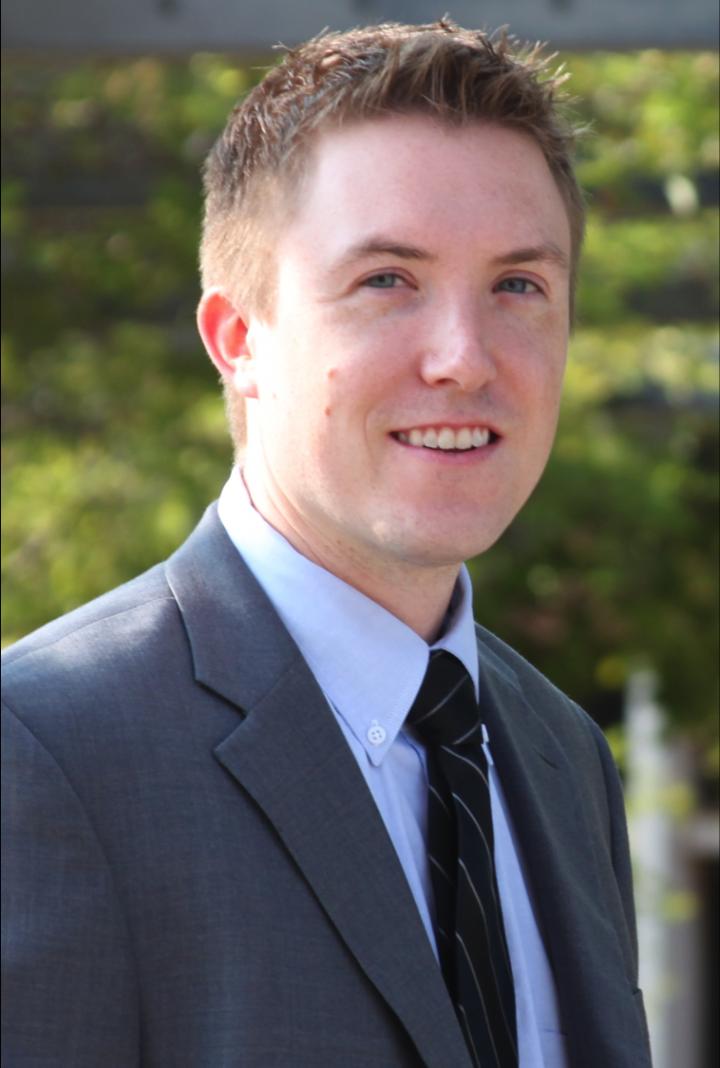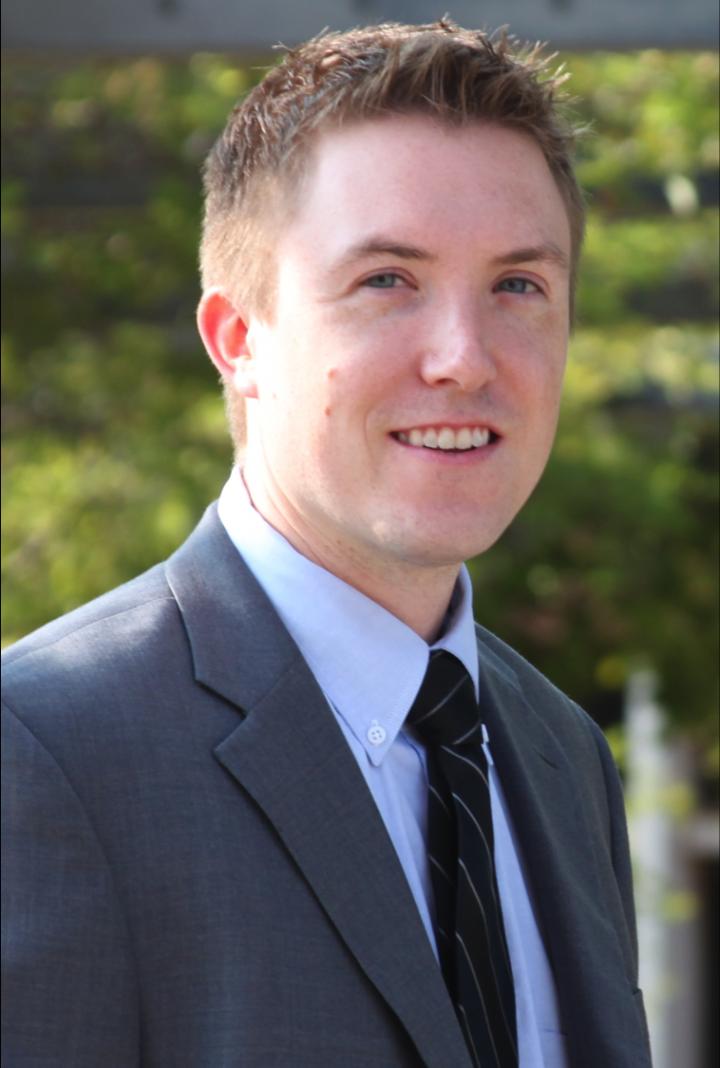
Credit: University of Oklahoma
A University of Oklahoma Gallogly College of Engineering professor, Steven P. Crossley, is the recipient of a five-year, National Science Foundation Early CAREER Award in the amount of $548,829 for research that can be used to understand catalysts that are important for a broad range of chemical reactions ranging from the production of renewable fuels and chemicals for natural gas processing. The research will be integrated with educational and outreach programs intended for American Indian students, emphasizing the importance of sustainable energy.
"The NSF CAREER award is partly in recognition of the important work that Steve has already done in the field of catalysis. It is one of the highest honors a young faculty member can receive. We look forward to him doing great things in the future," said Brian P. Grady, director of the OU School of Chemical, Biological and Materials Engineering.
Crossley, an assistant professor in the OU School of Chemical, Biological and Materials Engineering, is also a faculty mentor for the American Indian Science and Engineering Society. The project entitled, "SusChEM:CAREER:Using unique synthesis techniques and reaction kinetics to quantify and manipulate catalytically active sites in metal-reducible oxide systems," will provide a detailed understanding of active sites and atom transfer processes involved in catalytic conversion of bio-oil molecules derived from biomass.
"We are proposing a new method to quantify the role of different catalytically active sites under harsh reaction conditions that are commonly challenging to decouple. Our findings should help to clarify confusion in the literature while providing valuable information necessary for improved catalyst design," said Crossley.
Biomass conversion processes typically create a broad range of oxygenated intermediates that are treated further by catalytic processes to remove excess oxygen and build longer chain hydrocarbons attractive as fuel components and chemical intermediates. The efficient conversion requires multifunctional catalysts–typically composed of metal and metal oxide active sites–capable of several simultaneous or sequential reaction steps. While it is well understood that different types of active sites are required for different reactions, the exact nature of those sites and their ideal proximity is not known.
This study will examine those factors by decoupling metal sites from reducible metal oxide sites using carbon nanotube bridges as hydrogen shuttles. By eliminating direct contact between the metal and metal oxide components, and by varying the metal-metal oxide spacing along the carbon nanotubes, the study will provide an opportunity to examine independently two important aspects of bifunctional catalysis on reducible metal oxides: metal-support interactions and hydrogen spillover effects vary with different types of molecules common to biomass deconstruction processes. For more information on the study, contact Crossley at [email protected].
###
Media Contact
Jana Smith
[email protected]
405-325-1322
@ouresearch
http://www.ou.edu
############
Story Source: Materials provided by Scienmag





